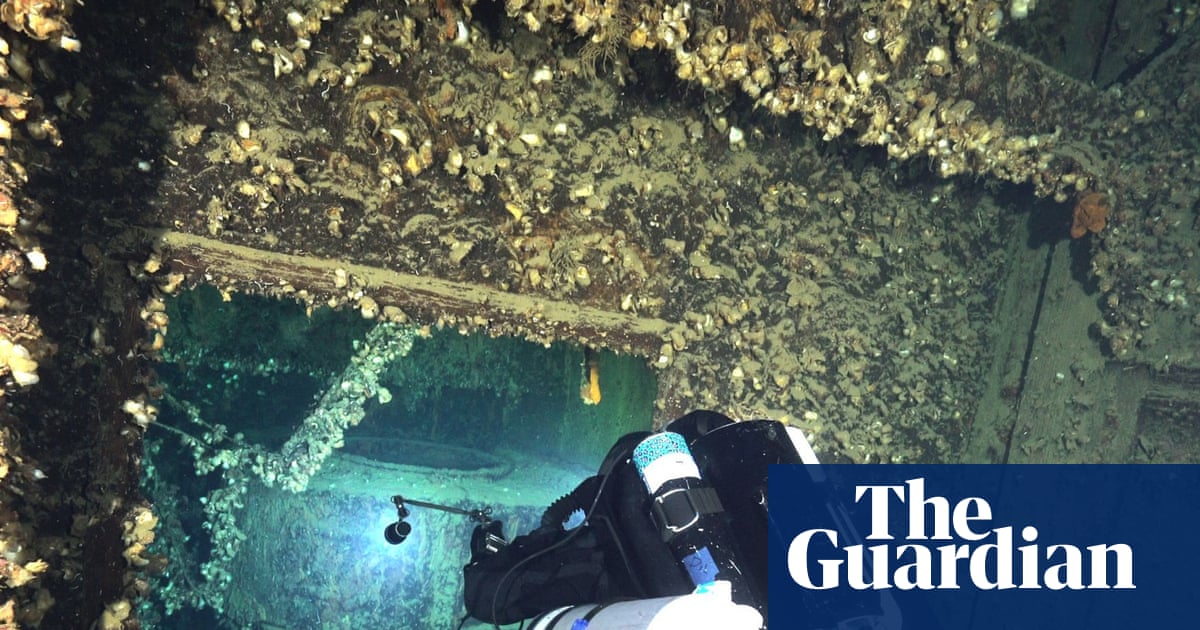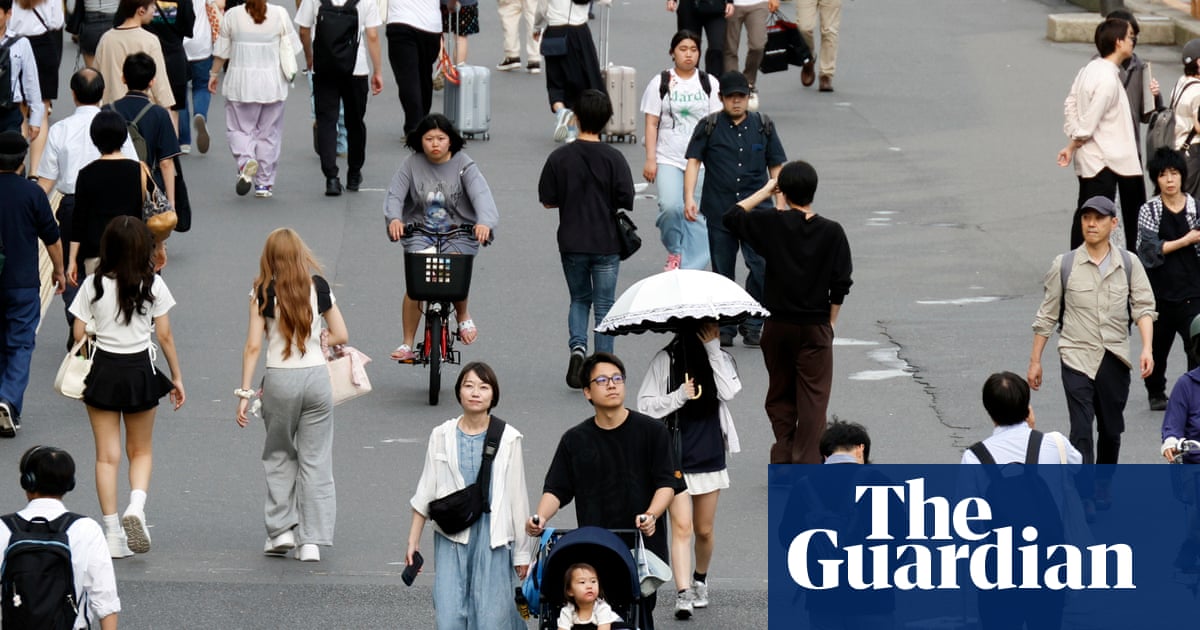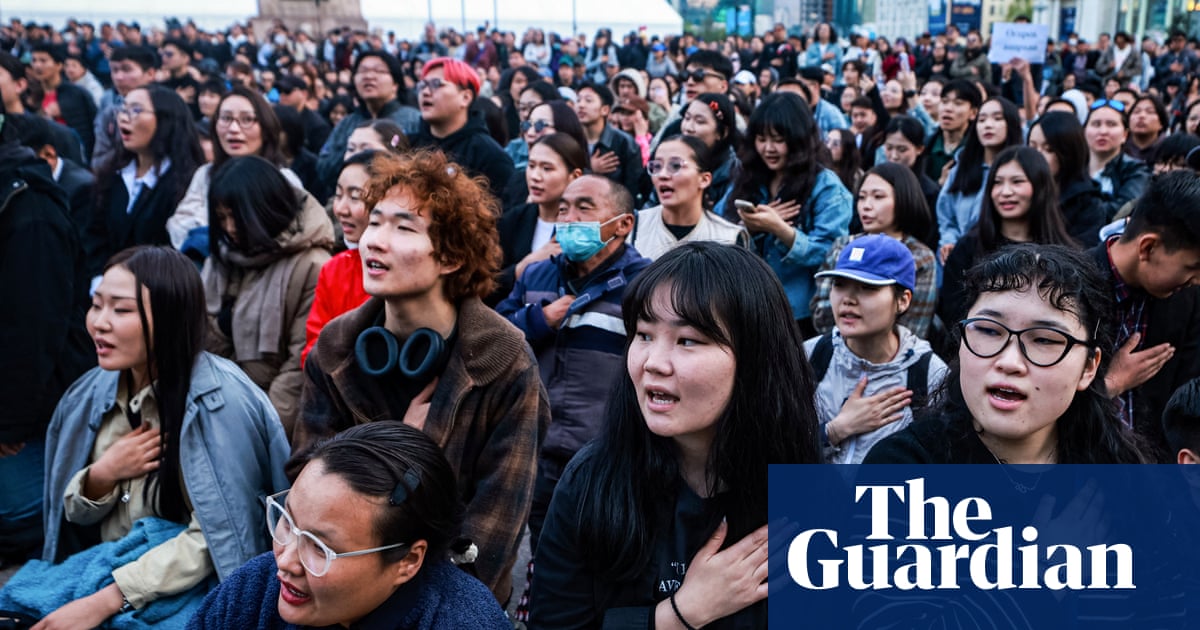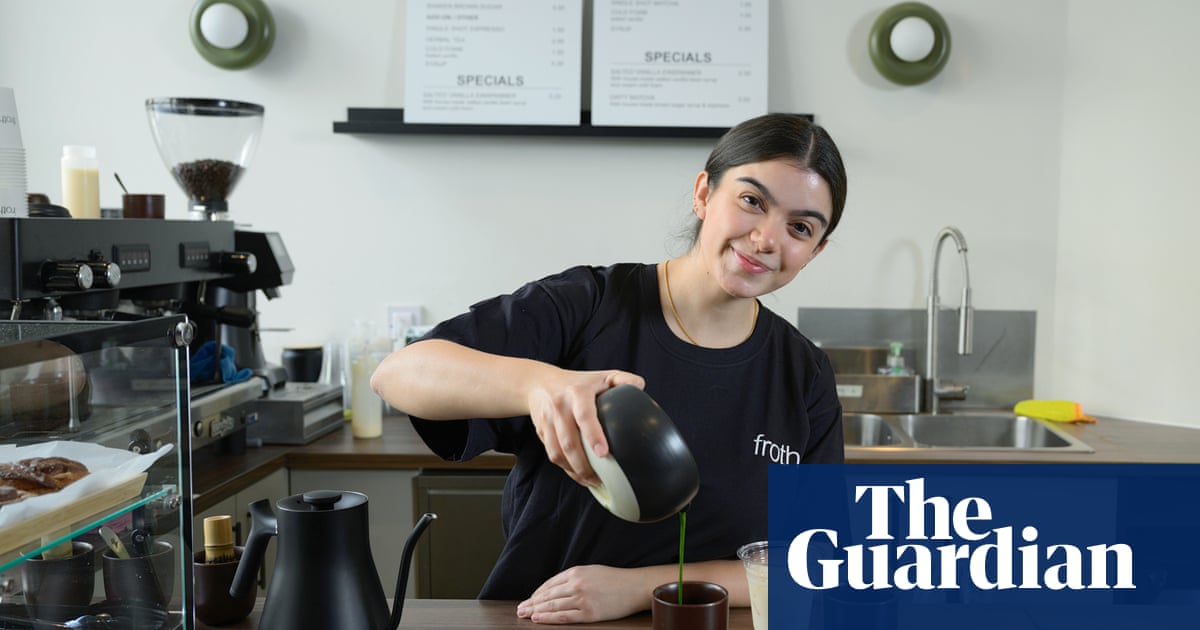In the lush foothills of Damyang county, South Jeolla province, rows of earthenware jars stand under the Korean sky. Inside each clay vessel, a quiet transformation is taking place, one that has been occurring on this land for centuries.
This is the domain of Ki Soon-do, South Korea’s sole grand master of traditional aged soy sauce, where patience isn’t just a virtue but the essential ingredient in her craft.
“Here, try this,” Ki says, removing the heavy lid from one of the 1,200 pots. She dips a ladle into the dark liquid, releasing a complex aroma. “Smell it first, then taste just a droplet.”
The flavour unfolds slowly, first salty, then deeply savoury, with hints of something almost floral. It bears little resemblance to the bottles labelled “soy sauce” in western supermarkets.
“Korean traditional soy sauce needs three things: soybeans, water and salt,” Ki explains. “And care and time. Without time, there is no flavour. In modern life, everyone is rushing. But some things cannot be rushed.”
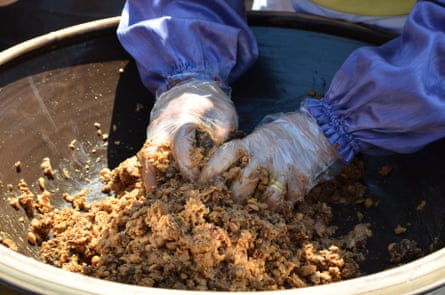
At 75, Ki is the 10th-generation custodian of her family’s sauce-making legacy. When she married into a prestigious family at 23, she inherited not just a household but the responsibility for preserving fermentation techniques dating back 370 years.
Ki is a traditional jang maker, a term that describes a family of fermented soybean condiments that season virtually every Korean dish: ganjang (soy sauce), doenjang (soybean paste), and gochujang (fermented chilli paste). These aren’t just seasonings but the foundational flavours that define Korean cuisine.
“Our jang and doenjang are like the roots of Korean people,” Ki says firmly. “When we talk about Korean food, we’re talking about jang. Without it, you cannot call it Korean cuisine.”
What began as a domestic obligation for Ki has since transformed into a mission to safeguard a cornerstone of Korean culinary heritage. In December 2024, after years of dedicated work by Ki and other traditional jang makers, their craft was officially recognised by Unesco as an intangible cultural heritage of humanity, a testament to generations of meticulous preservation.
‘We begin only after bathing to purify ourselves’
Unlike mass-produced commercial sauces and pastes, Ki’s process begins in winter when soybeans are boiled, crushed and shaped into blocks called meju.


These blocks are tied with rice straw and hung indoors, where the beneficial bacteria from the straw help develop unique flavours during fermentation. After around 50 days, they’re submerged in brine made with bamboo salt, which Ki creates by baking sea salt inside bamboo at high temperatures.
“The day for boiling meju must be a good day,” she says. “We begin only after bathing to purify ourselves and saying prayers. This requires extraordinary devotion, but our family has followed these same rituals for 370 years. It’s how we’ve always done it.”
The resulting solids that sink to the bottom transform into doenjang, while the liquid will become ganjang after around a year of fermentation. The most precious of all is her jinjang, a soy sauce aged for more than five years that has developed a depth of flavour that has captivated top chefs from around the world who have made pilgrimages to her sanctuary.
Her dedication gained international attention in 2017 when her then 360-year-old “seed sauce” known as ssiganjang, a family heirloom continuously replenished with each year’s best batch (in a way similar to a sourdough starter), was selected to season beef ribs served to then US president Donald Trump during a state banquet. The press marvelled at a sauce that was “older than American history”.
Ki also produces gochujang. In the seventh month of the lunar calendar, she ferments meju made specifically for the paste, which is then powdered and mixed with steamed glutinous rice, chilli powder, ganjang, and malt syrup from sprouted barley. Among her creations is a distinctive strawberry gochujang, which uses Damyang strawberries for a natural sweetness that balances the heat and saltiness.

Ki believes that her devotion to traditional fermented foods has benefited her own health. “I’ve never been hospitalised or taken regular medication,” she says matter-of-factly. “Everyone pursues happiness, and to be happy, you need to be healthy. People now eat fast food, but fermented foods maintain health. What could be better than that?”
Today, Ki works alongside her family, who also help manage their traditional food company. Together, they’re committed to preserving ancient methods while finding ways to share their heritage with a wider audience. To share her traditional knowledge, Ki established a fermentation school in 2023.
Changing seasons
Yet Ki worries about the future of traditional jang-making. Where once every Korean household had its own jang recipes and jars, today most Koreans reach for factory-produced bottles and tubs.
The climate crisis poses another challenge. “Korea used to have four distinct seasons, but winter is shorter, spring passes quickly, and summer is long,” Ki laments. The heat affects fermentation, turning doenjang darker and accelerating moisture loss. Unwanted bacteria proliferate in the warmer temperatures, forcing adaptations.
“We used to make larger meju, but too many different bacteria would grow,” she says. “So we cut the meju size in half to shorten the fermentation time. I’ve also planted balsam flowers around the pots to provide shade during the summer. If the climate continues to warm, we may need to move our jang to cooler storage places.”
Beyond her own productions, Ki sees herself as part of a broader struggle to preserve cultural knowledge in an age of convenience. The Unesco recognition of jang-making as an intangible cultural heritage has given her both pride and a sense of responsibility.
As the afternoon light casts shadows across her precious jars, Ki reflects on her life’s work. “This isn’t just about jang,” she says. “It was my fate to inherit this tradition, and it has become my destiny to preserve it.”

.png) 3 months ago
51
3 months ago
51


